NEPAL TREKKING INFO
Trek Info
PrintTREKKING PROGRAM & FAQ
- Trek itinerary with walking details
The three days of trek we are operating for travel talk is a moderate trek. It’s a mixed trek, climbing and descending through stone steps, rocks, as well as walking through the unpaved roads.
Day 1: Drive from Pokhara to trek starting point – 45 minutes
Trek approx.. 13 km (8 miles) – Approx 4 hrs trek.
Day 2: Trek approx. 9 km (6 miles) – approx. 4 hrs trek
Day 3: Trek approx. 3 km (1.8 miles). Drive back to Pokhara after trek ending (approx. 45 minutes drive)
Maximum elevation gain will be 521 m
Kande to Australian camp is 1:30 min hike and is all up hill except the initial approx 10 min walk.
- Update on the roads
Road expansion work is taking place for most part of the highway for Kathmandu/ Pokhara, Chitwan/ Pokhara specially 80 kms of the road from the place call Aabu Khaireni to Pokhara.
When guide meet the guests and provide the briefing about the whole trip, we take below points as the major topic of briefing, so that they are well prepared about the road condition and driving hour
Bumpy and Uneven Surfaces: Construction zones often have uneven road surfaces, potholes, and gravel, which can make driving uncomfortable.
Traffic Delays: Construction activities periodically require lane closures and detours, causing traffic congestion and delays. Long queues of vehicles may form, extending travel times.
Reduced Speed Limits: Lower speed limits are usually enforced in some part of construction zones for safety reasons. This can extend the time required to complete the journey.
- Experience of trekking in Annapurna foot Hill during Monsoon
Trekking in the Annapurna foothills during the monsoon season offers a unique experience for adventurous travelers. The rain-soaked landscapes come alive with vibrant greenery, cascading waterfalls, and mist-covered trails, creating a magical and serene atmosphere. While the paths can be slippery and leeches are a common challenge, the rewards are immense: fewer crowds, intimate interactions with local villagers, and breathtaking views of the Annapurna range as it peeks through the clouds. For those willing to embrace the elements, this trek provides a profound connection to nature and a deeply enriching adventure.
- NOTES FOR TREKKERS
Firstly, we recommend that you travel light. A good sized duffel bag with a top length zipper that can lock is best, together with a day pack for carrying personal items on the trek. An extra smaller bag would be handy to carry back your souvenirs after the trip.
AFTER ARRIVAL IN KATHMANDU
TREK BRIEFING:
On your arrival in Kathmandu, we will arrange to meet for a pre-trek briefing. Full information on all aspects of your trek, questions and doubts will be discussed. On trek your guide will give you more details about the route, villages, people and other information regarding the trek.
- PACKING:
For trek we request you to try and limit your baggage to maximum 15 kgs including your day back pack/rucksack. You may leave behind part of your luggage in your hotel or our locker room before the trek, in Kathmandu or in Pokhara. All baggage’s are to be clearly marked and locked. Kindly refrain from carrying or wearing valuables on the trek. You may leave them behind at the safety deposit box at your hotel or with us
HOW TO PACK:
Your clothes and equipment should fall into the following 4 categories:
1. What you are going to leave behind in Kathmandu or Pokhara.
2. What you are going to wear on the trail.
3. What you are going to carry in your day pack.
4. What you would like the porters to carry for you.
Excess clothes and luggage can be stored in your hotel’s storeroom, and valuables in the safety deposit box. Please label your luggage and make sure to take a receipt from the front desk of your hotel for all the things you would like to leave behind while you are away.
ON TREK / FAQ’s
1. FOOD AND DRINKING WATER ON TREK
On the trek the food will consist of the food available at the lodges. Menu will be available at the lodges and the guest will have a choice of the food they like or as per the guides choice /suggestion. (We recommend vegetarian meals on treks as the mode of transportation of meats are not hygienic in these areas)
You can get a variety of beverages during your trek. Most of the teahouses and hotels serve a wide range of coffee, tea, hot lemon, hot juice, hot chocolate, milk, etc. Some hotels offer cappuccinos, Americanos, and cafe lattes. Avoid alcohol, caffeine, drinks with milk and smoking during your trip. (these drinks are on direct payment basis)
Please bring water bottles for the trek (01 litre). These can be filled in all local lodges /shops on the way.
Boiled water is preferable as you go to high altitudes, and it is also safe and convenient. As you go up, altitude sickness might take place, so keep yourself hydrated and have a sip of water from time to time.
* For water, beverages and extra food the clients need to pay directly to the lodge. Boiled water cost about $ 2
2.MONEY ON TREK:
You may want to buy drinks at wayside shops and souvenirs from the natives. Money for the extra food and drinks also needs to be carried. For Everest trekking, you need local currency (Nepalese rupee). However, some stores also accept payment in American dollars.
ATMs are available in Pokhara and Kathmandu, but it’s difficult for you to use them as there will be many trekkers on the line. Sometimes, it doesn’t work as well. So, you can’t rely on them completely.
Therefore, visit money exchanges in Kathmandu and get the amount in Nepalese currency. Also, it’s difficult to convert your Nepali rupee back to your currency. So, exchange your currency as per your needs.
As customary, we can help discuss in detail in the pre-trek briefing.
3.INSURANCE:
There are no medical insurance policies in Nepal for foreigners. We strongly recommend you to take comprehensive holiday insurance in your own country covering adventures involving some elements of risk. This should include helicopter evacuation.
Please leave a copy of the document with contact person’s name with us so that we can coordinate with the Insurance company in case of emergency.
4.WIFI / INTERNET ON TREK
Yes, you can get internet and Wi-Fi facilities on your trek journey. Mobile network is also accessible in most places but the network may not be working as the network in this region depends on weather, maintenance of towers etc. However, during trekking season there is maximum chances that it will be working.
When you arrive in Nepal, get a Nepalese SIM card in Kathmandu and buy tourist data packs. (passport size photos and passport copy is required)
Besides, most of the lodges provide Wi-Fi services, charging $ 2– $ 3 for an unlimited package, and some of them also provide free Wi-Fi services.
5. BATTERY CHARGING
The battery gets drained quickly at high altitudes because of the cold, so you need to charge your devices more. You can charge your phone and other electronic gadgets at the lodge, but you need to pay an extra fee for the lodge you stay in. The cost also varies from place to place.
6.SHOWER ON TREK
Hot water is available in most showers. They charge extra for this and is payable directly. Average cost will be between US $ 5.00 – $ 8.00.
During briefing more will be discussed about showers on the trek.
7. YOUR STAFF ON THE TRIP:
Will consist of one English speaking Guide who will be wholly responsible for the execution of the trip once it hits the trail. reliable porter(s) will assist him.
Staffs Ratio are as follows:
- Guide: in all treks
- Porter: 02 clients (maximum weight limit is 28 kilograms per porter OR 14 Kilograms per guest)
8. A TYPICAL DAY:
A normal day on trek would start at about 6:30 / 07:00 am with a wakeup call. (Pls inform guide if a wakeup call in required). Breakfast will have to be ordered before one goes to bed and the breakfast will be served at the dining room (common) and we advise guests to pack their bags so that the staffs can load them on the porters baskets or animals depending what has been arranged.
The morning part of the trip would begin after breakfast and last about three to four hours when a stop for lunch would be made. The afternoon part of the trip will be another two to three hours to camp. Relax through the evening until dinner time.
9.DAILY WEAR:
Your guide can help you plan your daily wear before each day’s walk. Please carry an extra shirt or a T-shirt and a light jacket in your backpack. The mountain air is cold, so you can keep dry and warm after sweats and chills. Rain gear also need to be carried in your day pack.
10.WHAT TO CARRY DURING THE TREK?
Your daypack, preferably waterproof should be light, small and comfortable. All small personal items like toilet paper, water bottle, medicines, extra shirt, light warm wears, rain gear, gloves, head torch etc, that may be needed for the day’s trek should be packed. Your duffel will be carried by porters whom you will not meet till one reaches the lodge.
TREK KIT LIST
WHAT TO WEAR:
Light clothing are only for short treks up to seven days at altitudes up (1830 m) during fall (autumn) from September to November and in spring between March to May/June. The other months at all altitudes will be cold.
Footwear:
You will need hiking boots with ankle support, sneakers for flat trails and flip-flops or chappals for use around the camp.
Clothes:
Shirts, T-shirts (2-3), blouse, etc., for daywear and a full sleeve woolen shirt for evenings.
MEN:
Shorts, cotton trousers, jeans, sweatpants (recommended) etc.
LADIES:
Shorts (not too short!), long skirts are acceptable in well-trekked areas, Jeans or trousers if preferred. Sweat pants are recommended.
Warm Clothes for winter (December – February):
A light sweater, a windcheater or light lined/padded jacket, Woolen cap and warm gloves.
Sun / Rain:
Rain gear or poncho and a sun hat are essential. Global warming has led to freak weather conditions and it has become more and more difficult to predict weather conditions.
Additional Items:
Anti-dazzle glasses or goggles with side attachments are recommended and food supplements (favorite snacks such as chocolates, energy bars etc.) if necessary.
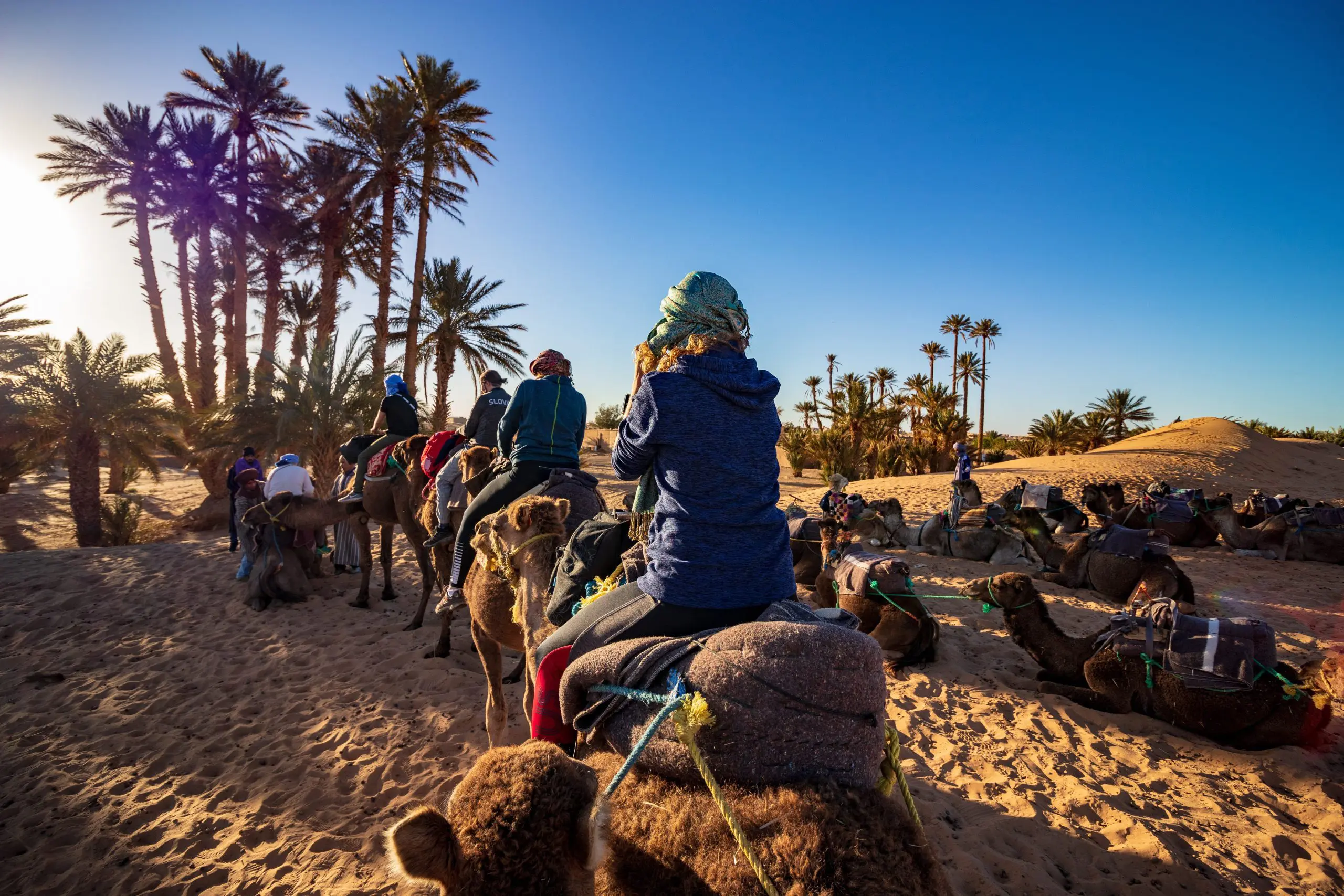 January Sale; 2 For 1
January Sale; 2 For 1  Croatia Sailing : 2 For 1
Croatia Sailing : 2 For 1 Asia Tours : 2 For 1
Asia Tours : 2 For 1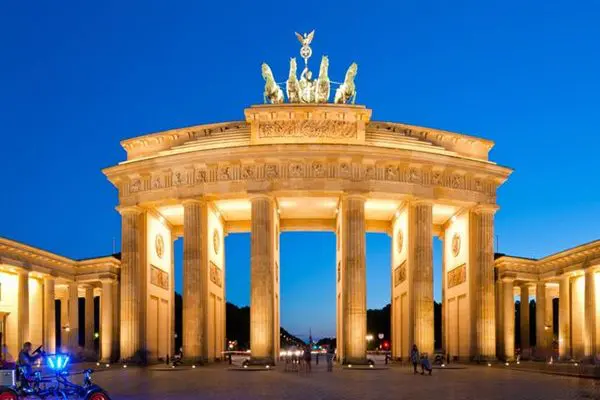 Central & Eastern Europe Tours: 2 For 1
Central & Eastern Europe Tours: 2 For 1 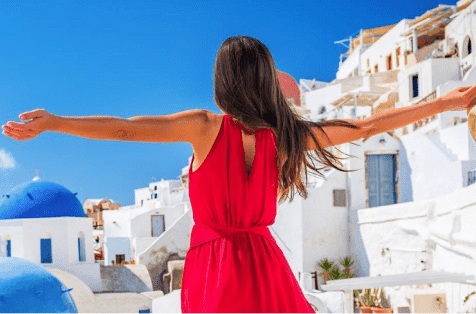 Why Travel Talk
Why Travel Talk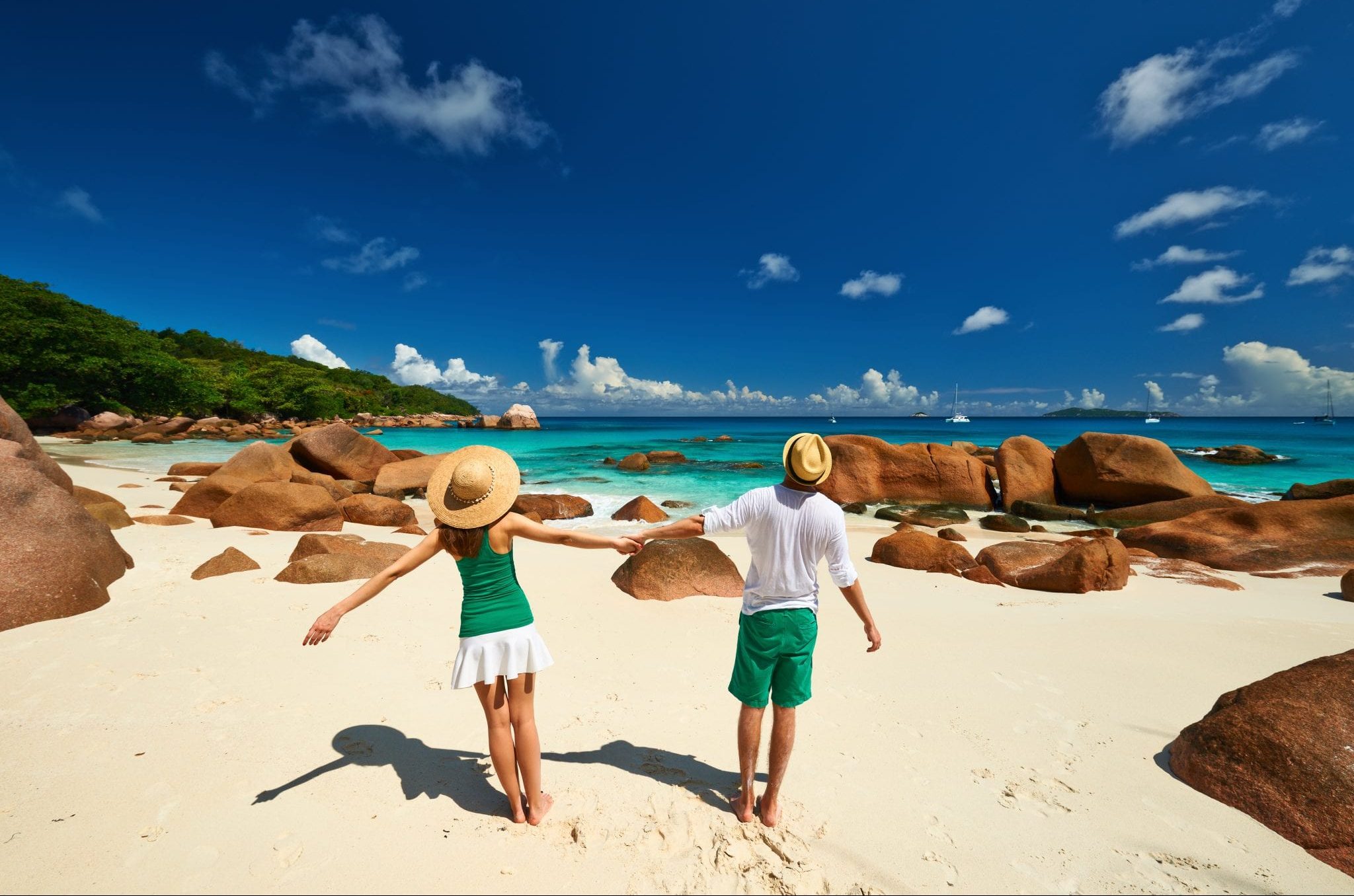 Travel Talk Blog
Travel Talk Blog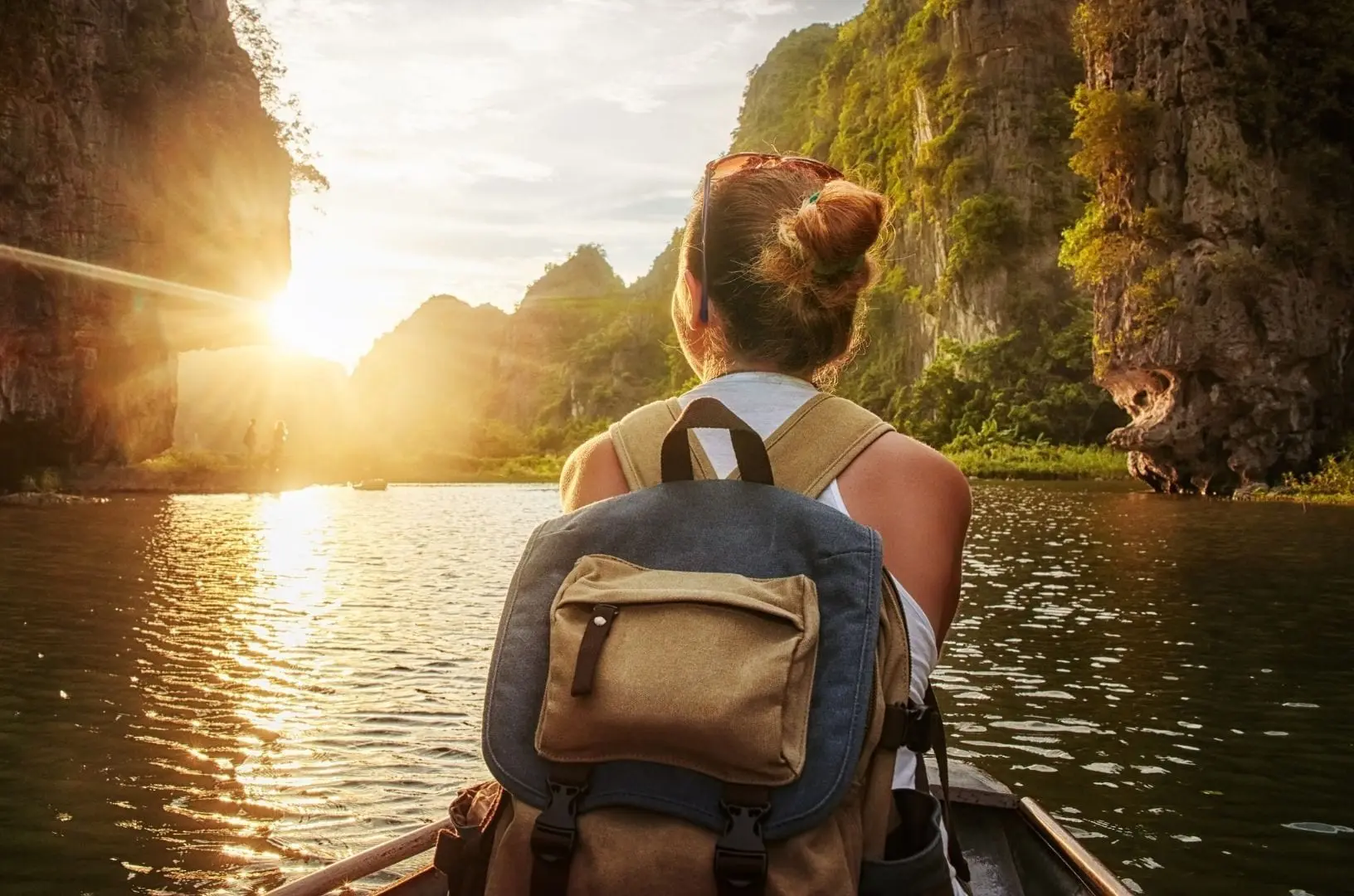 Responsible Travel
Responsible Travel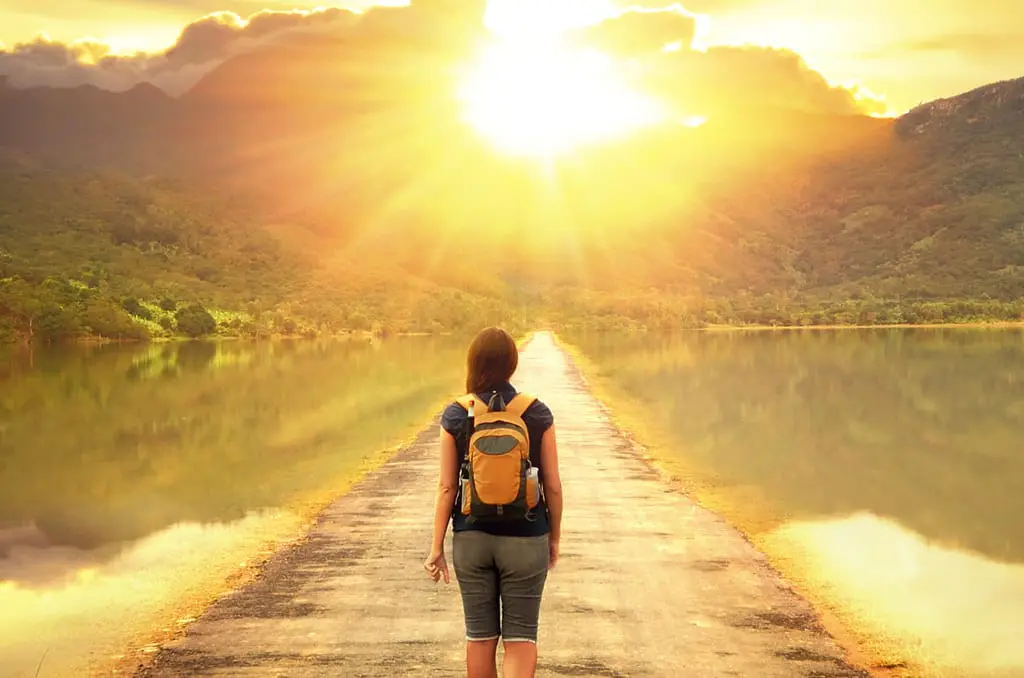 Fair Travels with Travel Talk
Fair Travels with Travel Talk